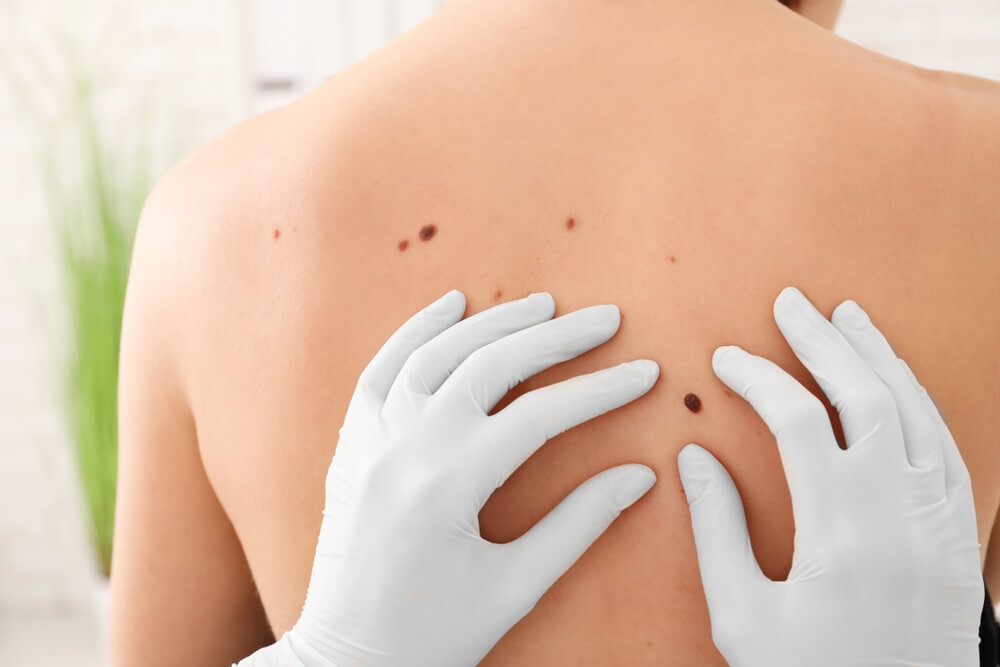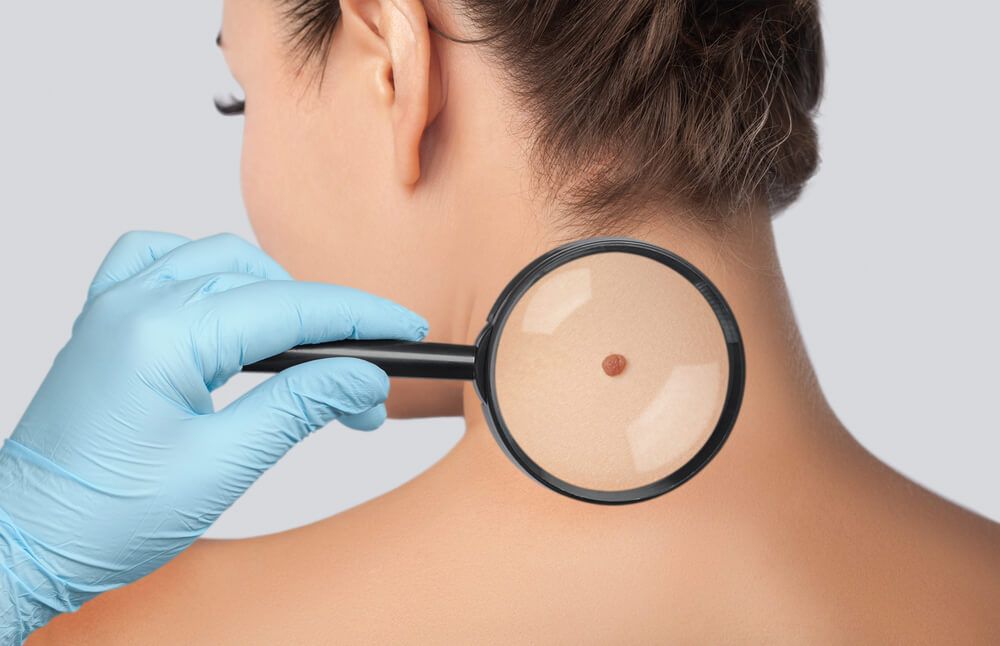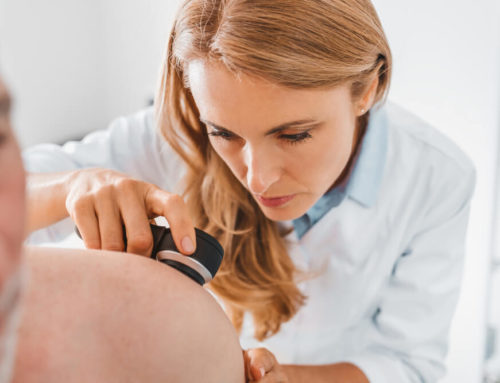The penetrating rays of the sun, as much as we like sunshine, sometimes can be really harsh and unforgiving. The UV or ultraviolet radiation that comes from the sun can lead to severe problems, like skin cancer, which is among the most common cancers in the US. However, the sun isn’t the only culprit – tanning beds can also damage the skin leading to skin cancer.
More and more people are diagnosed with skin cancers than any other type of malignancy. Fortunately, the field of medical dermatology offers several treatments for skin cancer, One highly effective treatment is superficial radiotherapy or SRT treatment.
In this blog post, we will learn about superficial radiotherapy, and how it can be an efficient skin cancer treatment in the case of non-melanoma malignancies.
About Skin Cancers
Skin cancer represents a condition where abnormal cells in the epidermis (the skin’s outer layer) start to grow out of control. The reason for this growth is caused by unrepaired DNA damage, triggering several mutations, leading the cells in the skin to multiply fast, forming cancerous tumors.
Before getting started with skin cancer treatment options, you should know that we can differentiate three skin cancer types.
- Melanoma – the most severe malignancy type
- Basal cell carcinoma (BCC)
- Squamous cell carcinoma (SCC)
The latter two non-melanoma cancers are usually highly treatable, especially if they are diagnosed early.
Who Is At Risk of Developing Skin Cancer?

People who have darker skin tones often mistakenly think that they shouldn’t be concerned about skin cancer. Unfortunately, this is a rather dangerous myth. Even though people with darker skin don’t have to worry about sunburns that much, they can still be at risk of developing such malignancies.
To decrease the chances of getting skin cancer, you should regularly use sunscreen (usually brands that have both UVB and UVA protection), with an SPF of at least 30, containing either Titanium Dioxide or Zinc.
Common Signs and Symptoms of Skin Cancer
Before we get started with discussing superficial radiation therapy, we must also say a few words about the most obvious signs of skin cancer.
Typically, the malignancy appears in those areas of the body that we expose to the sun:
- Hands
- Chest
- Legs
- Face
- Arms
- Legs
Still, the malignancy may also develop in areas that get less sunlight. These areas include the region beneath the toenails, fingernails, the palms of the hand, soles of the feet, and even the genital region.
Depending on the cancer type, the signs and symptoms may differ. Still, generally, the malignancy can present as a lesion that does not heal, itches, bleeds, or even a mole that is changing in size or color. That being said, if you are noticing any of these suspicious symptoms, make an appointment with a board-certified dermatologist to get a proper diagnosis.
About Skin Cancer Treatment
Superficial radiation therapy is only one of the available treatment options that a dermatologist may recommend. Depending on the location and the size of the lesion, the doctor will usually recommend a variety of possible courses of action.
For instance, they may recommend Mohs surgery, which is a minor procedure that experts perform while the patients are in the office. The surgery is performed in different stages during a single appointment.
On the other hand, the dermatologist may recommend superficial radiotherapy or SRT treatment. This is a non-invasive method that’s usually performed in the cases of nonmelanoma cancers.
The SRT Treatment for Skin Cancer
As mentioned above, SRT or superficial radiation therapy is a medical treatment that uses low-energy X-ray technology. More specifically, the SRT treatment for skin cancer uses low-dose, focused radiation, which only penetrates the surface of the skin, and effectively destroys the malignant cells. And as the low-dose radiation only goes skin-deep, the risk of tissue damage and scarring are minimized. Because of the non-invasive nature of the SRT treatment, no cutting or anesthesia will be required.
The treatment will be administered twice per week and stretch out over the course of several weeks without any downtime.
The precise and controlled radiation energy doses are calibrated to penetrate only slightly below the surface of the skin. The radiation energy itself consists of electromagnetic radiation (light particles, also known as X-rays).
When the dermatologist commences with the administration of the SRT skin cancer treatment, the X-rays penetrate the skin about 5 millimeters deep to destroy non-melanoma cells, potentially preventing them from growing and dividing further.
As mentioned already, the SRT treatment won’t leave any scars and will not require stitches, which will also eliminate the risk of infection, which can be a potential complication of other procedures.
To sum it up, this type of superficial radiotherapy offers a wide range of advantages over more traditional medical approaches, such as:
- Increased comfort while the treatment takes place.
- Controlled and precise radiation doses to minimize exposure to radiation
- No bleeding, no need for anesthesia
- Painless treatment option
- At least 95% and higher cure rates
- No risk of scarring
- No downtime and other activity restrictions
- No need for any reconstructive surgery following the treatment
The SRT Treamtent for Skin Cancer is Pain-Free

Superficial radiotherapy is a 30-second long treatment and the overall number of appointments the patient will have will be around 15 to 17.
Before the therapy starts, the dermatologist will mark the areas that need treatment. Once that’s done, the patient will be positioned comfortably with their body covered with a lead vest. This vest is pretty similar to the protective apron for patients when they’re having other body parts X=rayed by other specialists.
To summarize, when patients are diagnosed with non-melanoma skin carcinomas such as squamous cell carcinoma or basal cell carcinoma, they might not need to undergo surgery to have their condition treated. In the case of non-melanoma, non-invasive SRT treatments will prove to be effective.
A Safe and Pain-Free Treatment
Fortunately, non-melanoma cancers are the most common skin cancer forms, meaning that there’s a good chance that patients with a BCC or SCC diagnosis will be able to take advantage of superficial radiation therapy.
SRT represents a revolutionary method for treating nonmelanoma malignancies, enabling patients to receive treatment without any risks, pain, or downtime.
That being said, if you’d like to learn more about skin-related malignancies and potential treatment options, feel free to reach out to us a Green Dermatology in Deerfield Beach, FL. Our Board-Certified Dermatologist and kind staff will make sure to help you create the best plan to rejuvenate your skin. Call 954-481-0650 for your appointment.



